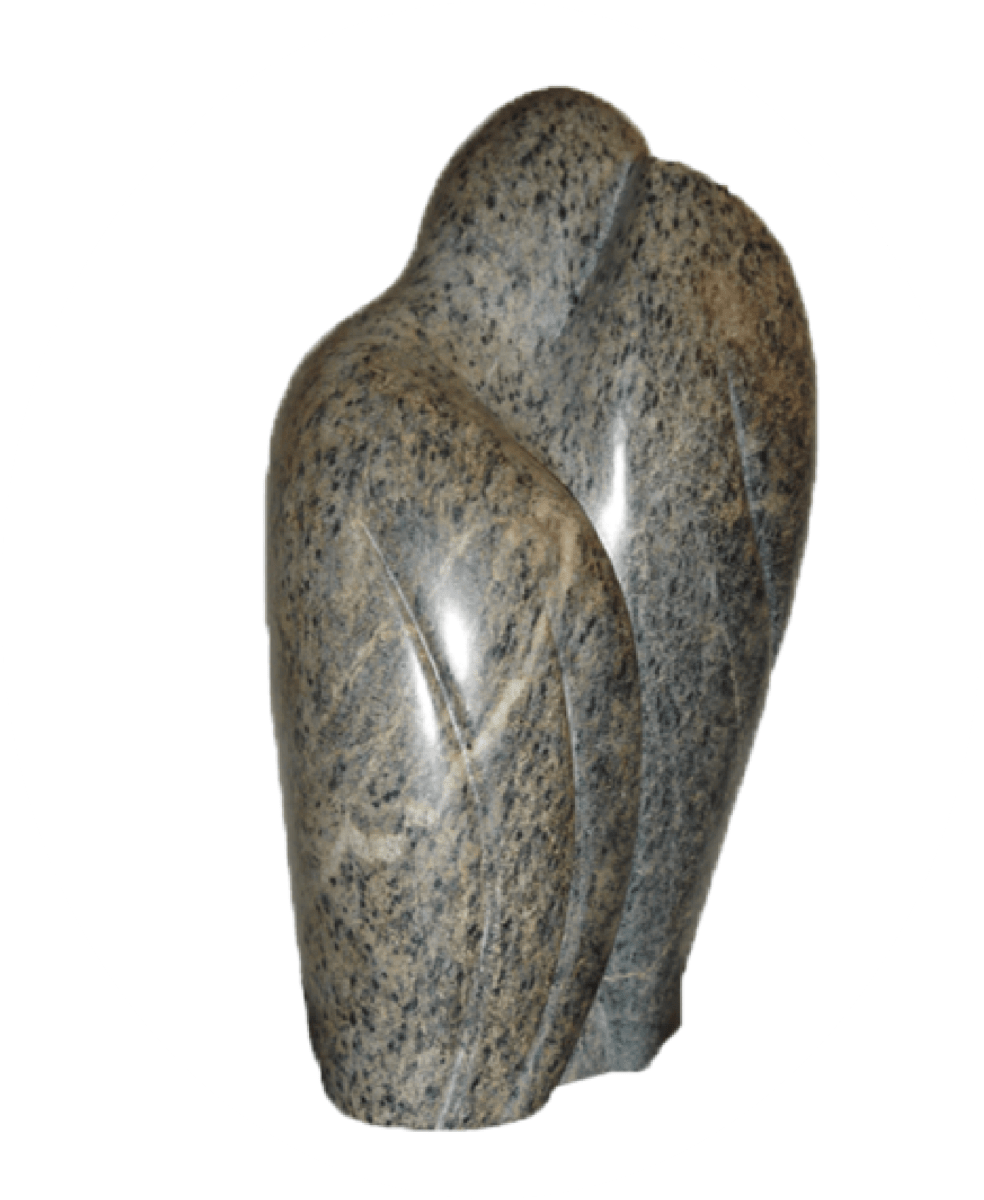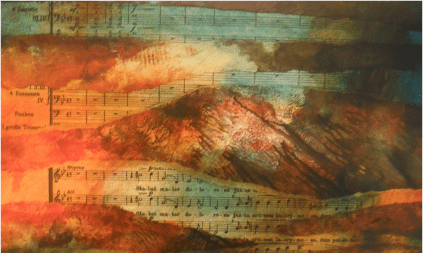Maximilian III Joseph
About the composer
Kurfürst Maximilian III Joseph was born in 1727 in München, Germany. He was Elector of Bavaria from 1745 until his death in 1777. He started his reign by ending the war with Austria and then building up his country as good as he could. He economized on the costs of the court and succeeded in paying of to a large amount the large debts his father had made. He founded a school for architecture and art, an academy for agricultural studies and the Bavarian Academy of Science. In 1750 he build the famous Rokoko-theatre in Munich. The people called him the “much beloved”. He is regarded as a skilled musician and in his compositions used a modern approach. With his death the reign by the dynasty of the Wittelsbach family ended.
About the Stabat Mater
| Date: | 1766 |
| Performers: | Soprano, Alto, Tenor, Bass, Mixed Choir and Orchestra |
| Length: | 49.53 minutes |
| Particulars: | The Stabat Mater is divided in 13 parts. Several parts have an extended instrumental intro, in which the music reminds one of the music of Gluck. The composer tries to establish a relationship between text and music, as can be heard clearly in the eighth stanza where the word "spi - ri - tus" depicts the last breaths of Jesus. The last stanza ends in a nice fugue. |
| Textual variations: | The "Analecta"-version of the text is used, with the following changes: |
| Colour bar: |
|
Information about the recording
| CD: | Music ToDay MT 804-2: Maximilian III Joseph, Stabat Mater |
| More info: | Recorded in the church St.Jean Baptiste in Mont-St.-Guibert, Belgium in 1998. This is a production of the School for German in Brussels. |
| Orchestra: | Das Orchester Sinfonia Classica der Deutschen Schule Brüssel |
| Choir: | Die Chöre Sinfonia Classica der Deutschen Schule Brüssel |
| Conductor: | Ulrich St.Fauth |
| Soloists: | Lieve Jansen, soprano |
| Code: | MAX-01 |





